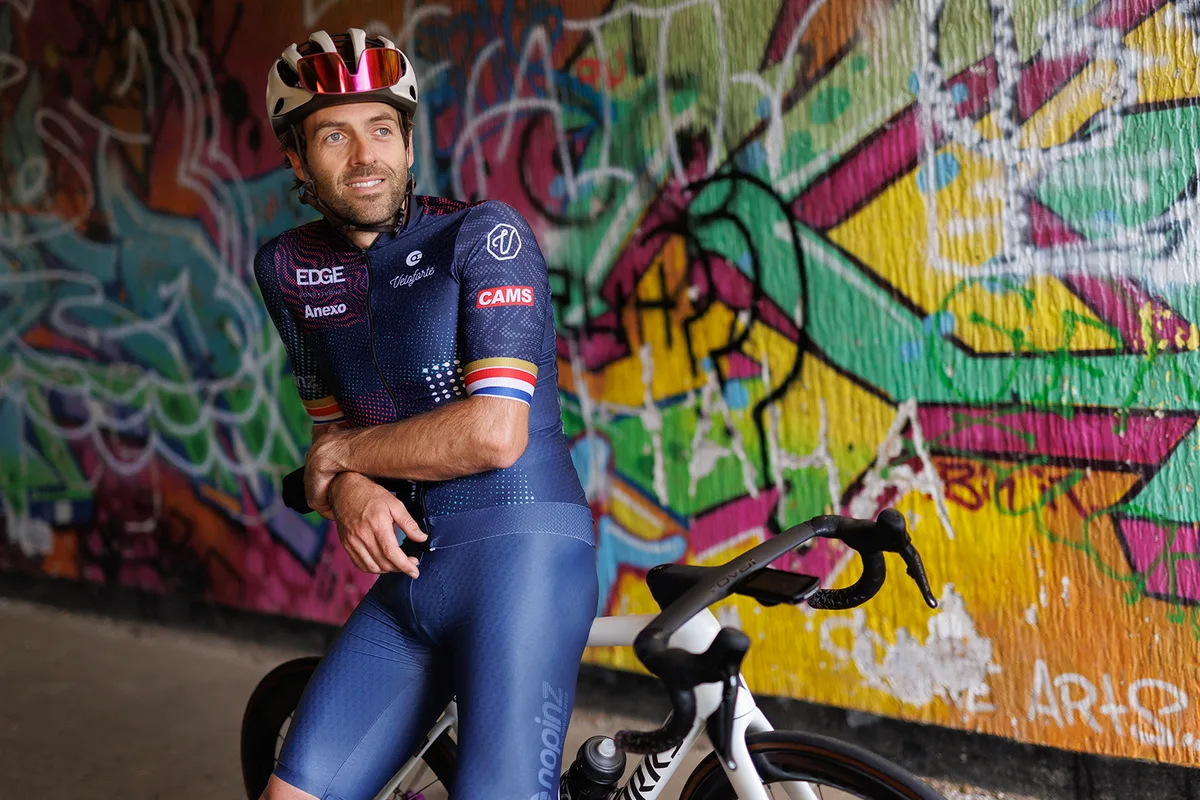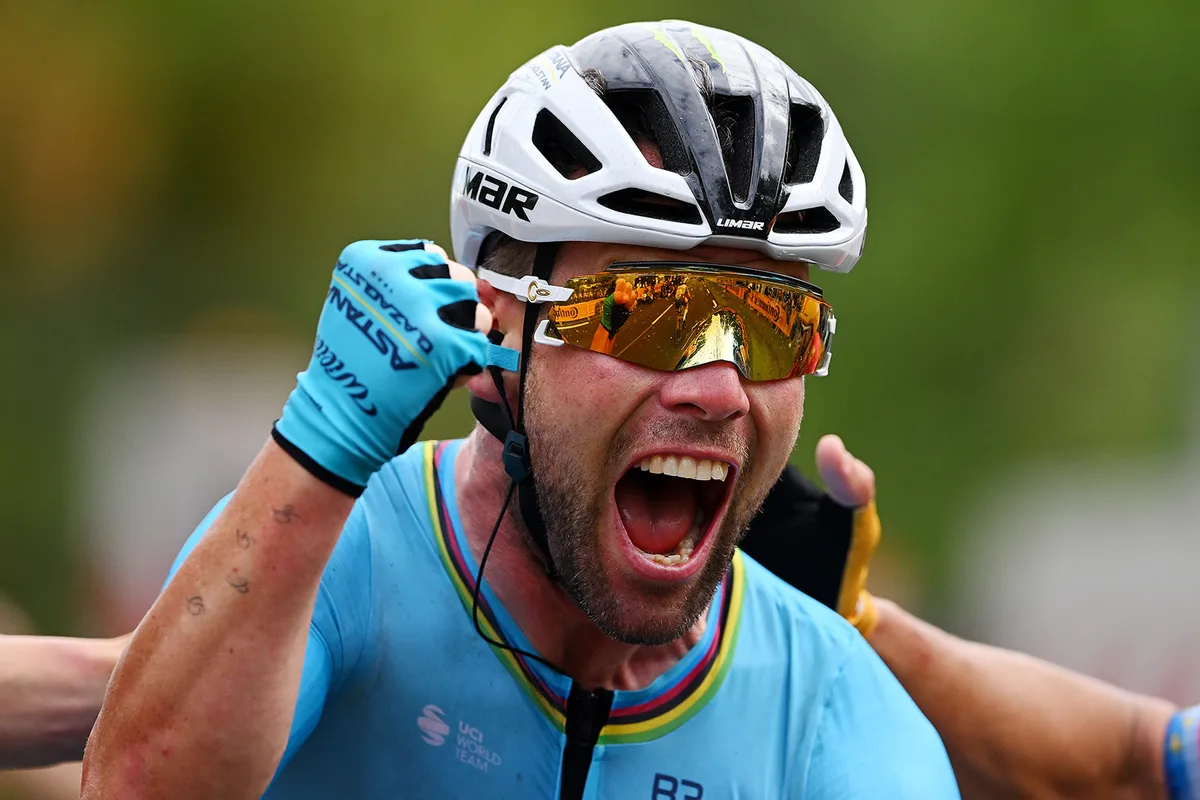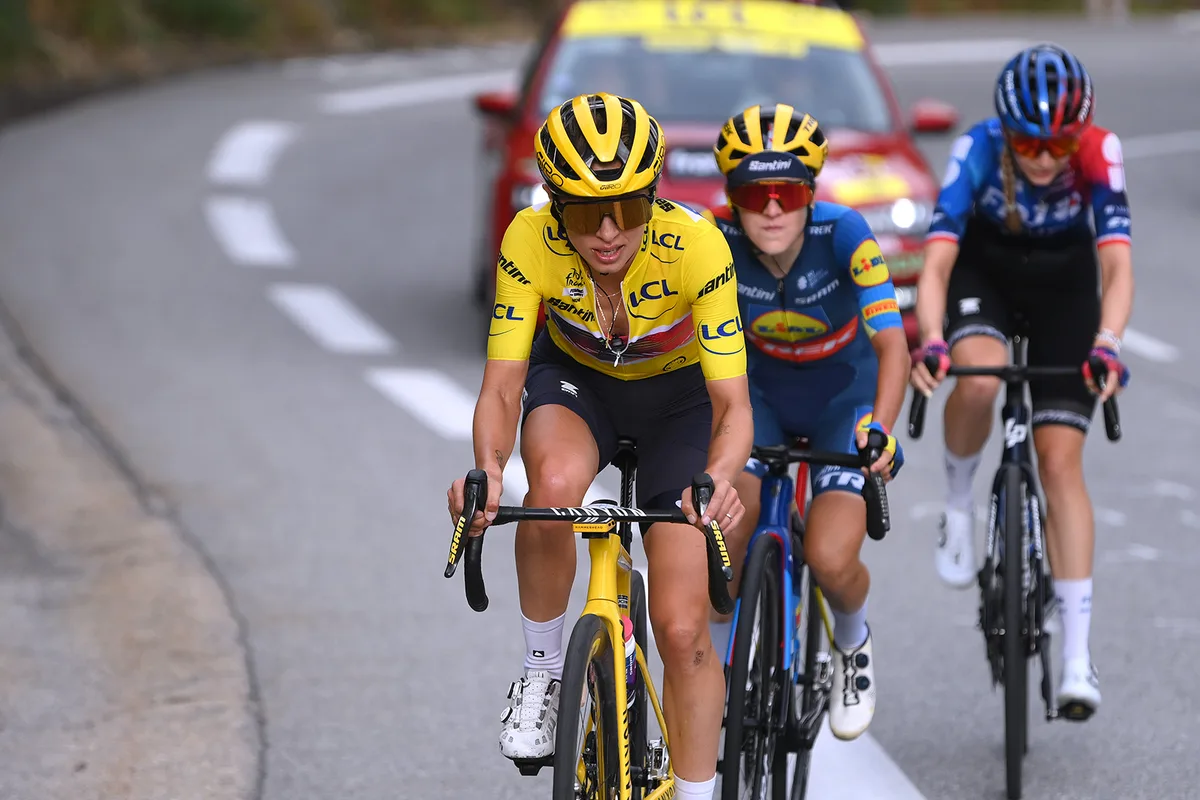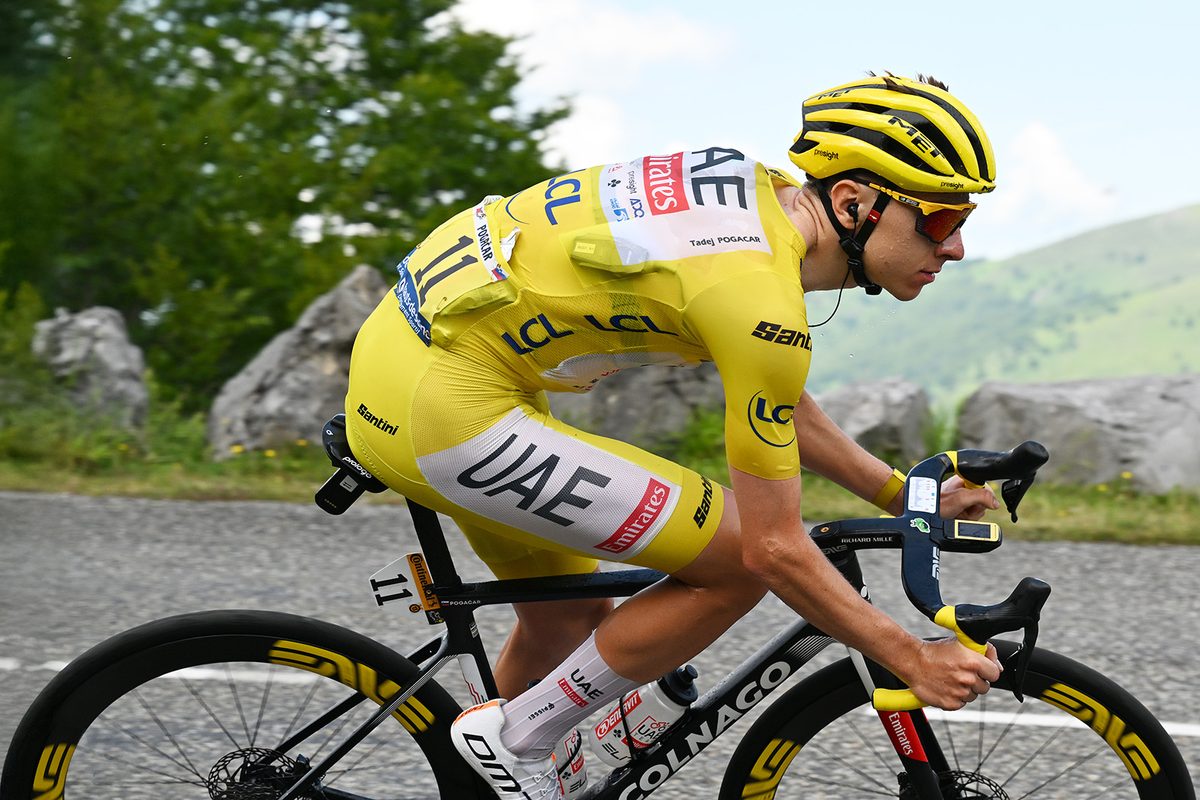Rise of the data scientist
 Team XDS-Astana use former hour-record holder Alex Dowsett’s know-how. Tom Jenkins / Getty Images
Team XDS-Astana use former hour-record holder Alex Dowsett’s know-how. Tom Jenkins / Getty Images
It’s this obsession with granular detail that explains why XDS-Astana brought in another former hour-record holder (and Brit) Alex Dowsett, who worked with the team on Project 35, which helped Mark Cavendish to his record-breaking 35th Tour stage win in 2024.
“Alex will focus on optimising rider positioning on the bike, testing technical equipment and preparing for time trials,” announced Alexandr Vinokurov, the team’s manager, on his recruitment in 2024. “I believe Alex is an invaluable addition.”
Morgan Saussine, a French data scientist who also worked on Project 35 in a freelance capacity, has proven his worth by obsessing over details in a different area.
He’s credited with turning around the Kazakh team’s fortunes. At the start of the 2025 season, they needed to score around 5,000 more points than fellow strugglers such as Cofidis and Arkéa-B&B Hotels in order to finish in the top 18 and avoid relegation.
At the time of writing, they’re fourth in the UCI rankings and on course to remain in the WorldTour.
 A lot of number crunching went into Cavendish’s historic Tour de France win. Dario Belingheri / Getty Images
A lot of number crunching went into Cavendish’s historic Tour de France win. Dario Belingheri / Getty Images
“[Saussine] analyses the cycling calendar [and predicts] where we have the highest probability to score points with the riders we have, taking into consideration their characteristics,” DS Dario Cataldo recently told Jean-François Quénet.
“In a certain period of the year, he studies which race we should take part in and with which type of rider. It’s bringing excellent results.”
Saussine’s ability to block out the noise and model clear, applied answers is paying dividends, which is why data scientists are appearing in staff rosters, especially at the top teams.
“I’d say there’s at least one person devoted to model development in the best five or six squads,” says Andrea Zignoli.
“In other teams, data analysis is still relevant but someone might be doing the job on a part-time basis, or they’re not data analysts or engineers by background and they’ve adapted.”
Zignoli most certainly is a data scientist by trade, with academic palmares including a doctorate in modelling human sport performance from the University of Trento in Italy.
His professional career has included joining forces with Jumbo-Visma nutritionists when working for blood-glucose monitoring outfit Supersapiens.
Now, he’s a data scientist at AI coaching outfit Athletica, alongside an ongoing collaboration with Team VF Group-Bardiani CSF-Faizanè, an Italian ProTeam outfit.
“At Bardiani, I model every aspect of cycling – bioenergetics (how cyclists convert metabolic power into mechanical power), biomechanics (how the cyclist’s legs spin and co-ordinate to transmit mechanical power from the muscles to the pedals) and locomotion (how the rider-bike system moves in space),” he says.
“Modelling is primarily for two purposes – analysis (looking back at data to extract meaning) and simulation (predicting the future). Modelling and simulation are often cheaper than collecting data yourself.
“Thus, one can appreciate the contribution a new set of tyres can provide, as well as how much a bike change can benefit in the next time trial, without the need for specific data collection or wind-tunnel testing.”
As an example, Zignoli might segment the time-trial course into flat, climb and descent, using elevation and gradient data to tag sections that require a rider to dig deeper.
 Riders are constantly being fed information through the team radio. Alex Broadway / Getty Images
Riders are constantly being fed information through the team radio. Alex Broadway / Getty Images
He’ll estimate the trade-off between pushing hard on the climbs, while easing back on the flats, all the while factoring in the wind (tail vs head) to identify where the greatest gains are to be had and biggest losses to be avoided.
Historical power data will be thrown into the mix for a pacing plan that can then be uploaded to the rider’s bike computer.
Zignoli’s role is very much in the background, working with the coaches, who can then disseminate what they feel is relevant to the rider.
“This works because sometimes the results of simulations don’t pan out in the real world,” he says.
“For instance, I might say that a given corner is faster if you hit an early apex, but the rider might refrain from following that advice because there’s no clear visibility of what lies after the corner.
“Or the model might suggest one tyre will be faster on a given stage, but the rider prefers a different model. At the end of the day, it’s always about the rider. And that’s not perfectly predictable.”
The Italian says modelling can also help the team assess the effect of a training regime, heat, caffeine and much more, including the impact of clothing choice on a rider’s outcome.

